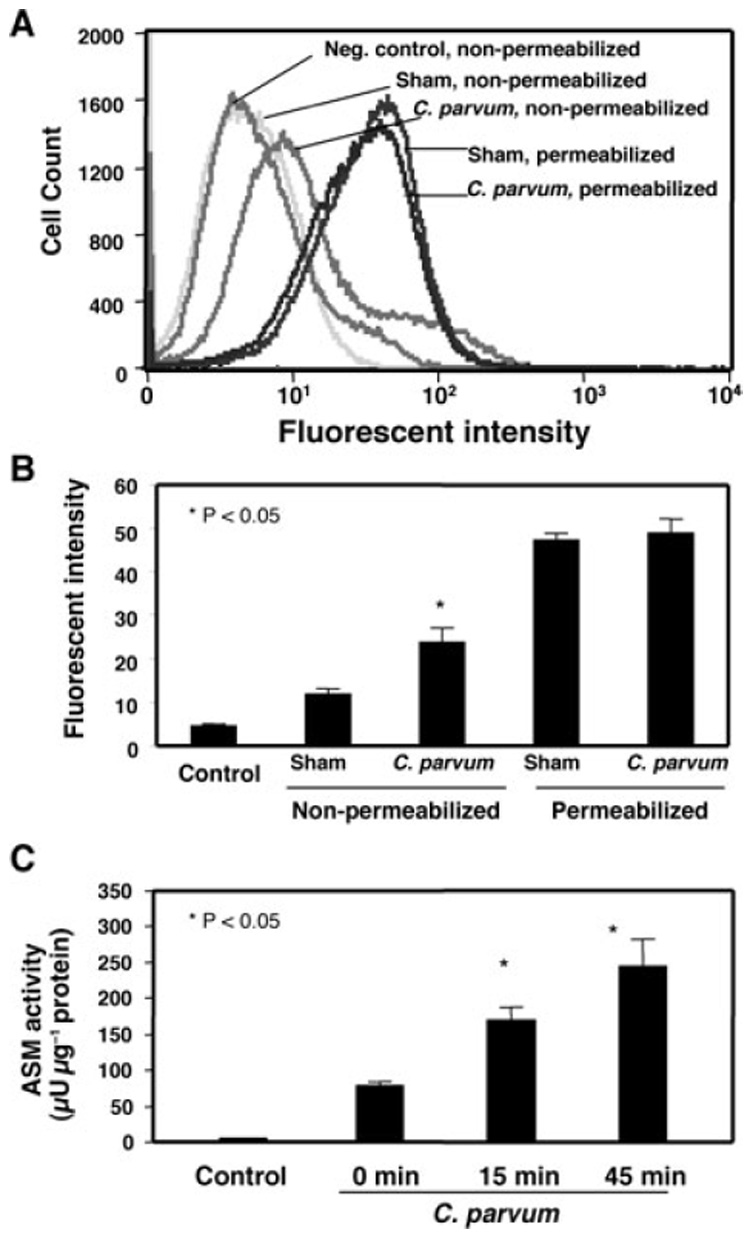Fig. 3. Cryptosporidium parvum infection induces activation and membrane translocation of ASM in infected cells.

A. A representative flow cytometry plot of ASM labelling in H69 cells. Right shift of fluorescence to ASM was found in non-permeabilized cells after exposure to C. parvum. No change of fluorescence was found in membrane-permeabilized cells.
B. Quantitative analysis of fluorescent intensity to ASM by flow cytometry from three independent experiments.
C. Activation of ASM as assessed by measuring the production of phosphorylcholine, a product of sphingomyelin hydrolation by ASM. A significant increase in phosphorylcholine production reflecting ASM activity was detected in cells after exposure to C. parvum for 15 min and 45 min.
